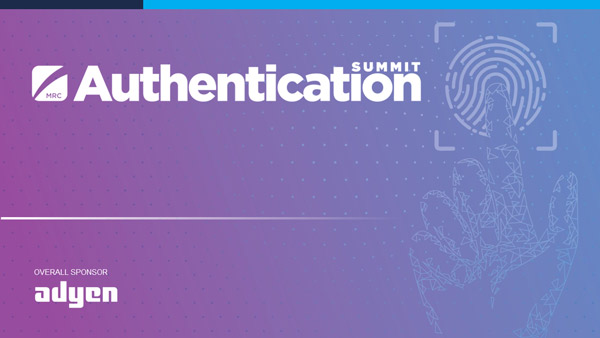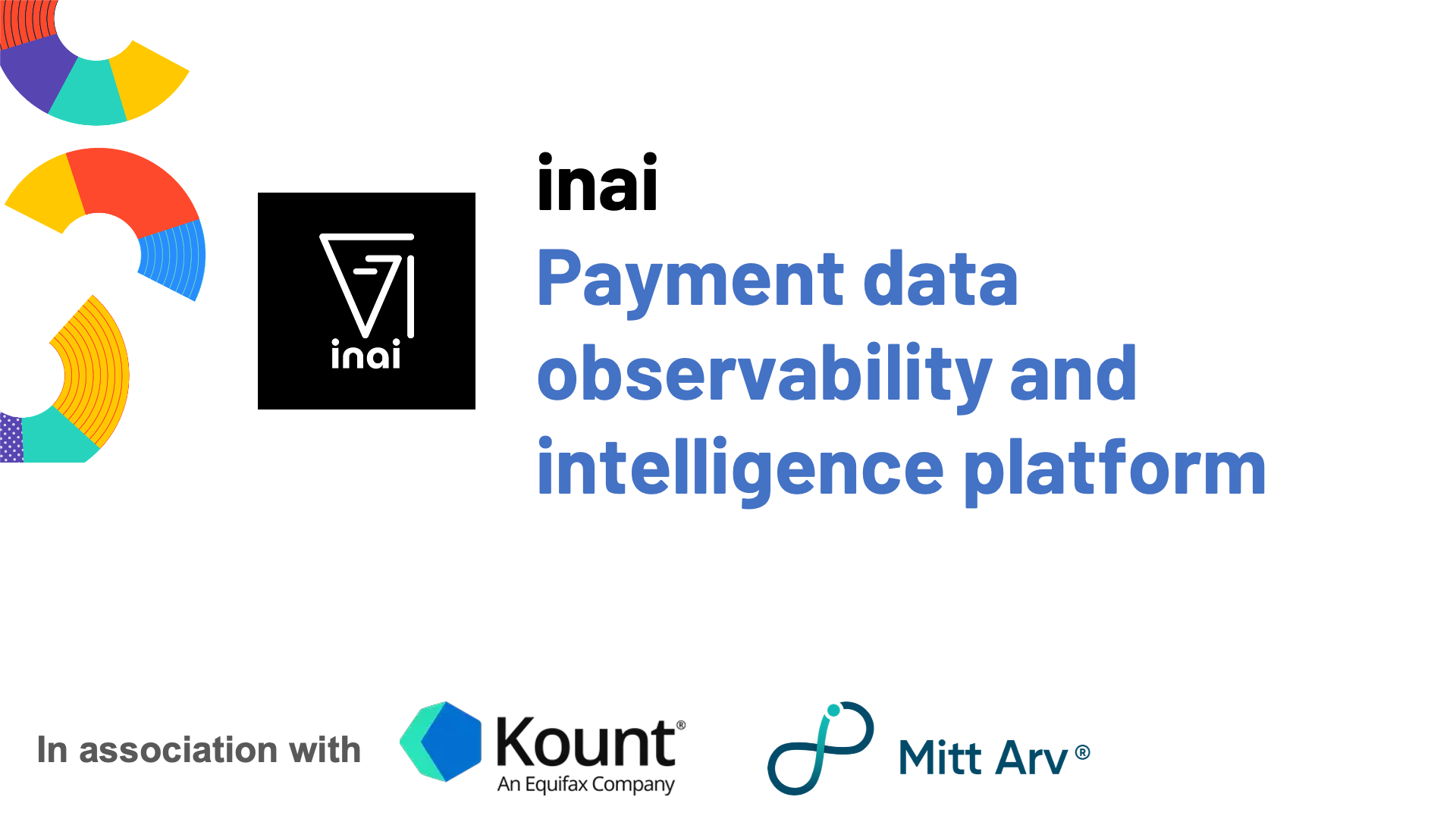Debunking 3DS Payment Monitoring Misconceptions
By Galit Shani-Michel, VP Payments, Forter
Payments monitoring is an intricate process of correlating many moving pieces. But 3DS monitoring, specifically, is usually thought to be pretty straightforward. PSPs send regular reports with the bank authorization rate clearly stated, and even experienced industry professionals often assume that there’s no more to investigate.
The truth is that bank authorization is only the tip of the iceberg. Digging deeper can help online merchants uncover valuable opportunities to increase approvals and improve customer experience — boosting their company’s bottom line.
Why You Need to Calculate Your “Complete Rate”
Bank authorization rate is important. But it’s only a part of what you need to know to understand your overall payment performance.
Your real payment performance is the number of successful transactions out of all the attempts to pay. At Forter, we call this a merchant’s “complete rate” — partly because this is the number that represents the customers who get to complete their payments process and partly because it looks at the complete payments process, not just the bank auth slice.
Complete rate incorporates transactions stopped by your fraud system and transactions that failed or were abandoned due to 3DS. These are customers who wanted to pay and tried to check out but were not successful in the end.
Transactions that failed the fraud system before authorization or that failed or abandoned the 3DS will never reach authorization, and therefore they will not be part of the authorization rate calculation. If you don’t include them in your calculations, though, you’ll have a skewed perspective of your real complete rate, and you’ll miss out on valuable opportunities to increase approvals and customer experience.
The real impact of 3DS can only be measured by looking at two things: the percentage of transactions that successfully pass 3DS and the authorization rate of the 3DS transactions. It’s vital to distinguish between the 3DS authentication process and the bank authorization process because you need to take different steps to improve each of these.
Complete rate = Successful transactions / all transactions
When you’re calculating “successful transactions” you need to bear in mind all of these factors:
- Fraud decline rate: Transactions blocked for fraud / All transactions
- 3DS success rate: Transactions that successfully passed 3DS / Transactions sent to 3DS
- Authorization rate: Transactions authorized / All transactions sent for authorization
Monitoring in a Nutshell
When it comes down to the key takeaways from this article, there are only two things to remember about what you need to do to monitor 3DS in a way that gives you an accurate picture of what’s going on and enables you to improve your results:
- Monitor each step separately (see below)
- Monitor overall complete rate to understand bottom-line performance
Monitoring Each Step Separately
Many experienced payments professionals don’t yet monitor each step separately because reaching the point of being able to do so requires taking an investigative approach to your own metrics. Even before you analyze your results, you must ask questions about what those numbers mean, where they come from, and what might be missing.
In particular, when you’re looking at reports from your PSP, you need to ask questions about what you’re seeing, such as:
- Does this approval rate include only authorization failures or also 3DS failures? You need to know so that you know where the problem lies and what requires further optimization.
- What about 3DS abandonment, is that included? In almost all PSP reports, 3DS abandonment is not included, as these customers are considered to have dropped out during checkout. But this is not the case. They inserted a card number and pressed pay; they were ready to pay, but then the 3DS window opened, and the customer did not complete it — that’s why the payment failed. That’s not a problem on your site; that’s a 3DS problem. Whenever possible, you must exclude customers who regularly fail 3DS from your 3DS process. To do that, you need to know who they are.
- Does this approval rate include only issuer declines or also PSP declines due to fraud/ rules set up in my account? Often, PSPs do not distinguish automatically between authorization declines and PSP declines even before a transaction is sent to authorization. Merchants need to be conscious of this and adapt their reporting as necessary to have visibility into the performance of the PSP and understand if a decision to decline was made by the issuer or by the PSP. Again, the actions you’d need to take to optimize performance differ in each case.
Why Understanding Leads to Impact
Understanding the overall complete rate and where your transactions are failing in the payments process is the only way to truly understand performance. This matters because until you know where transactions fall through the cracks, you won’t know what to fix.
There’s a common misconception that merchants can’t impact 3DS rates or bank authorization rates, but in recent years leading merchants have been able to take advantage of new technology and new attitudes within issuing banks to influence and improve both aspects. The key is tailoring your payments processes to your business and customers.
If your investigative analysis uncovers high dropoff due to 3DS, then your organization needs to maximize exemptions in Europe to avoid 3DS when appropriate and to tailor the use of 3DS everywhere in the world to use it when it’s appropriate — for instance, to shift liability when it can be done so in a frictionless way, or to save a transaction that would otherwise be declined. By contrast, you need to identify the population of consumers who regularly fail 3DS and avoid putting them through 3DS friction whenever possible.
In the same way, you need to identify which banks value 3DS and are more likely to authorize transactions using it and which banks are more likely to fail transactions that have been through 3DS. You can then minimize the use of 3DS for banks that dislike it, improving your complete rate.
Tailoring your payments process in these ways boosts your bottom line, enabling your business to capture more payments. It also improves customer experience; there’s no worse experience than a decline. And it pays dividends in the long term, enhancing relationships with banks and customers who are more likely to become loyal. All of this starts with monitoring.
Visit Forter for additional resources.







